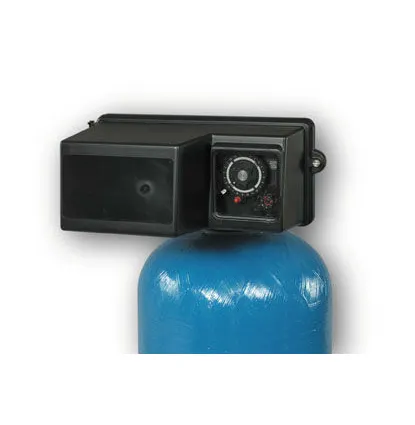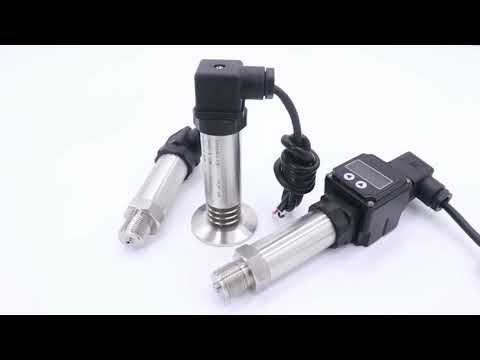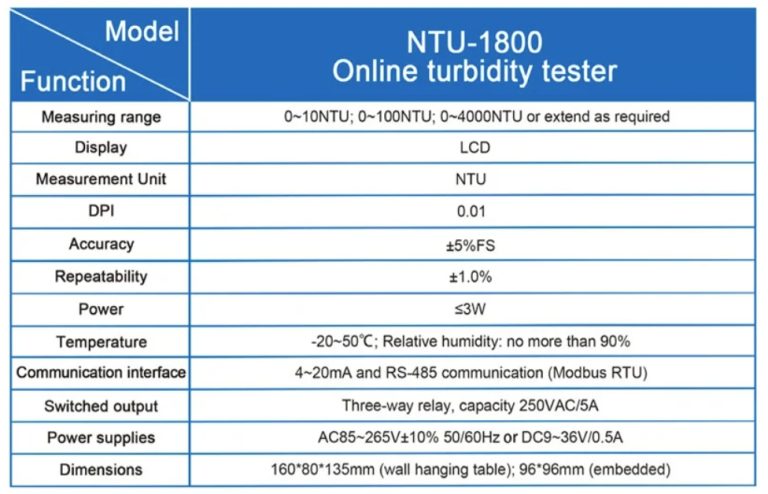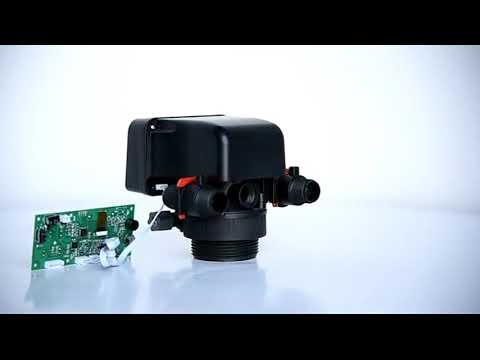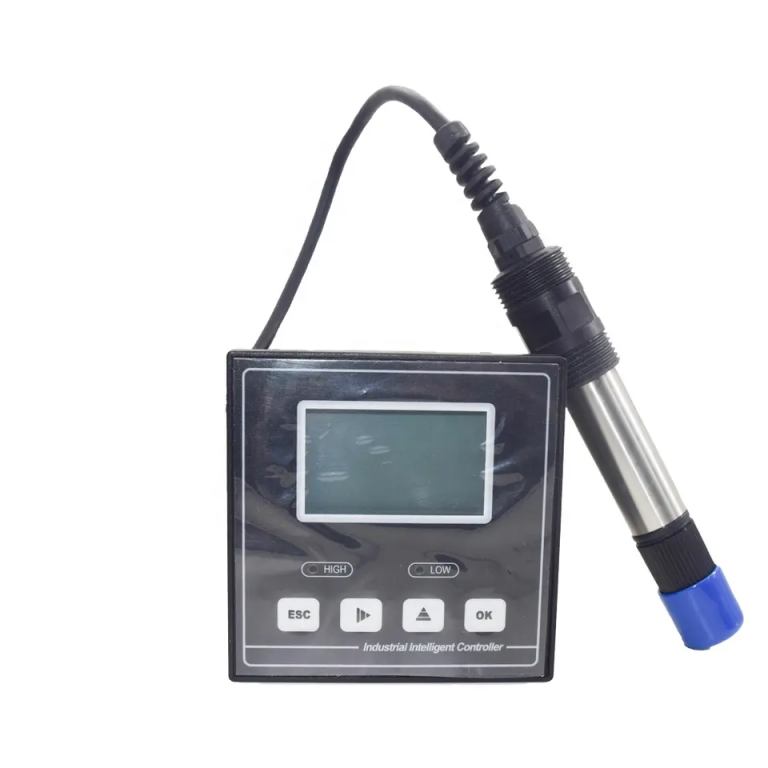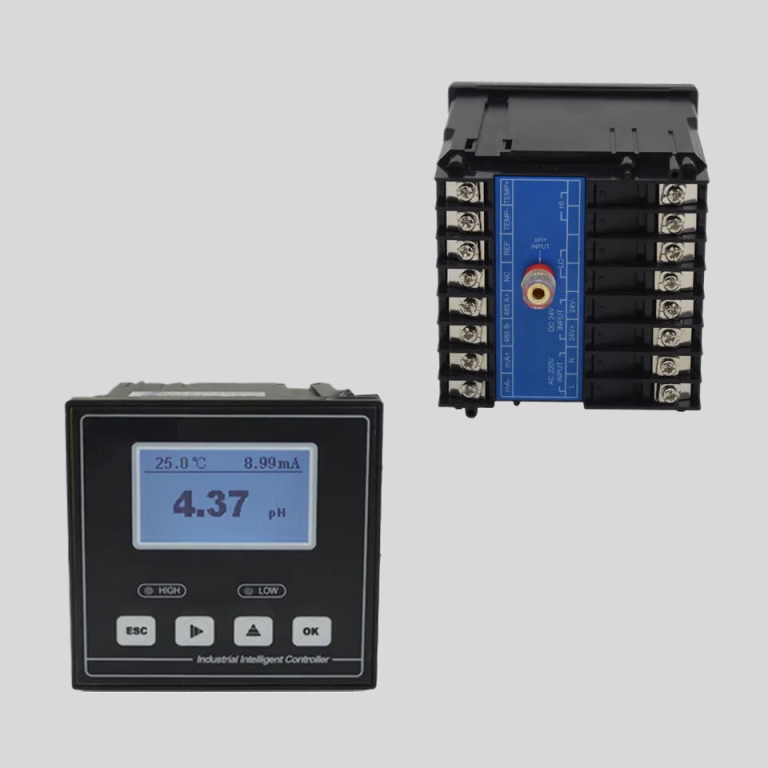“التأكد من الطهارة قطرة قطرة.”
أهمية مراقبة جودة المياه
لقد أدى التقدم التكنولوجي إلى تسهيل مراقبة جودة المياه، من خلال الاستشعار عن بعد، وصور الأقمار الصناعية، ومحطات المراقبة الآلية التي توفر بيانات في الوقت الحقيقي عن أحوال المياه. تسمح هذه الأدوات بمراقبة أكثر كفاءة وفعالية من حيث التكلفة، مما يمكّن السلطات من الاستجابة بسرعة للتهديدات المحتملة وحماية موارد المياه بشكل أكثر فعالية.
في الختام، تعد مراقبة جودة المياه عنصرًا حاسمًا في ضمان صحة واستدامة الموارد المائية. ومن خلال تقييم المعايير الفيزيائية والكيميائية والبيولوجية، تستطيع السلطات تحديد الملوثات المحتملة، وحماية الصحة العامة، وحماية النظم البيئية المائية. يعد الرصد المستمر واستخدام التقنيات المتقدمة أمرًا ضروريًا لتتبع التغيرات في جودة المياه وتنفيذ التدخلات في الوقت المناسب لمعالجة التهديدات الناشئة. في نهاية المطاف، تعد مراقبة جودة المياه أمرًا ضروريًا للحفاظ على سلامة مصادر المياه لدينا وضمان بيئة آمنة وصحية للأجيال القادمة.
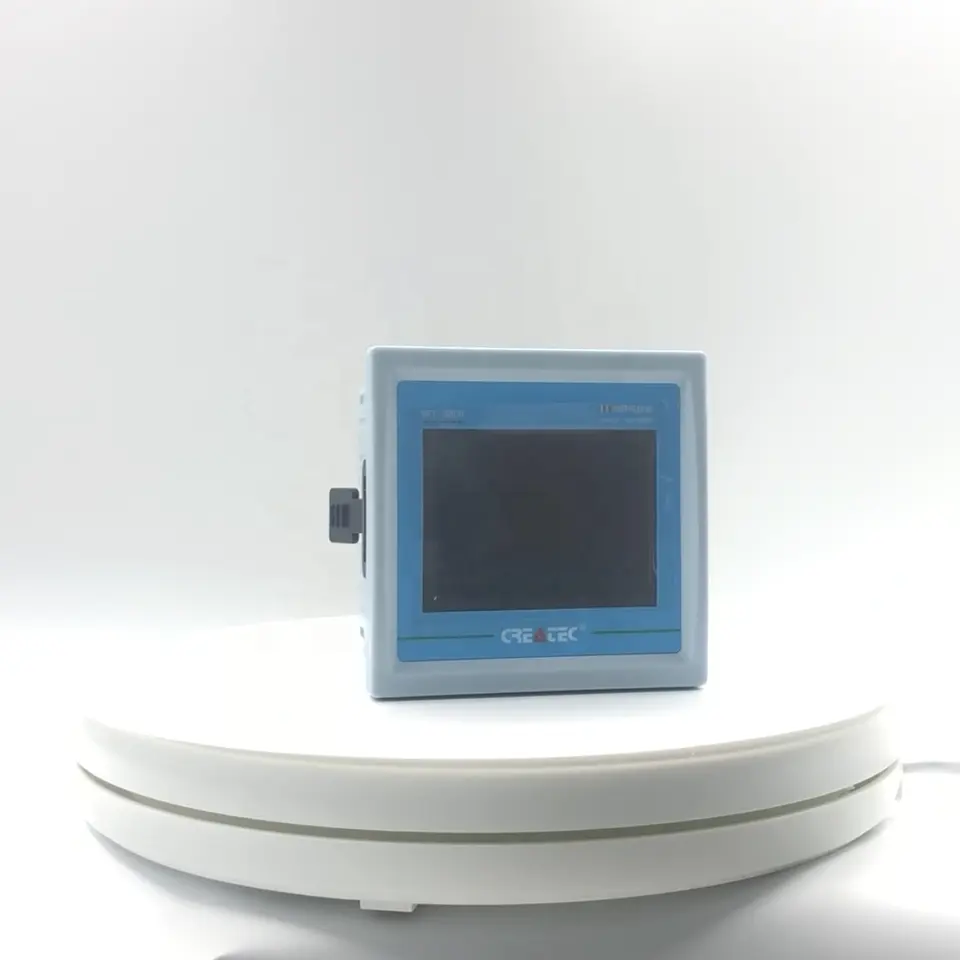
Advances in technology have made it easier to monitor water quality, with remote sensing, satellite imagery, and automated monitoring stations providing real-time data on water conditions. These tools allow for more efficient and cost-effective monitoring, enabling authorities to respond quickly to potential threats and protect water resources more effectively.
In conclusion, monitoring water quality is a critical component of ensuring the health and sustainability of water resources. By assessing physical, chemical, and biological parameters, authorities can identify potential contaminants, protect public health, and safeguard aquatic ecosystems. Continuous monitoring and the use of advanced technologies are essential for tracking changes in water quality and implementing timely interventions to address emerging threats. Ultimately, monitoring water quality is essential for preserving the integrity of our water sources and ensuring a safe and healthy environment for future generations.

